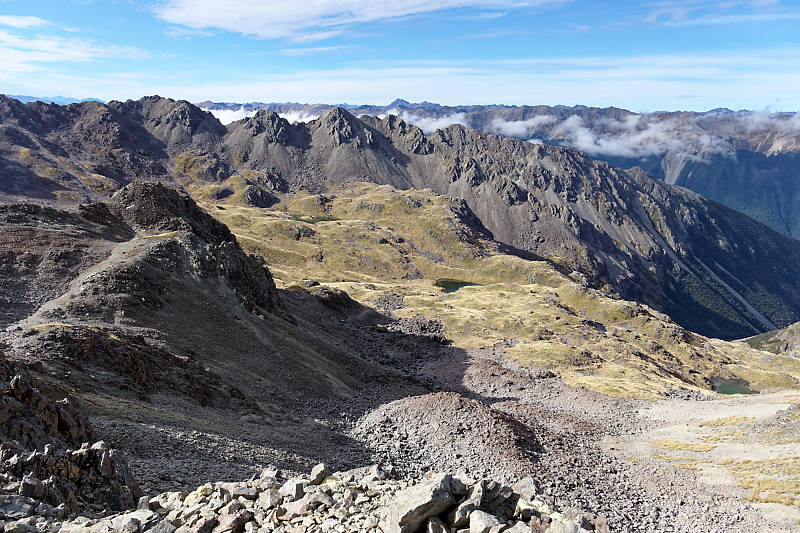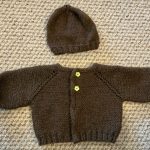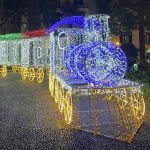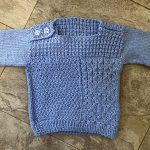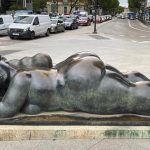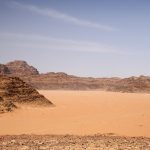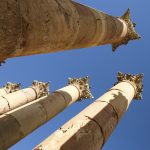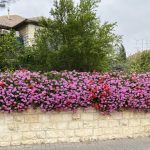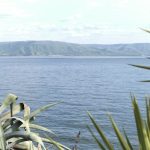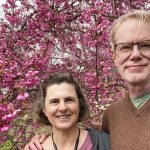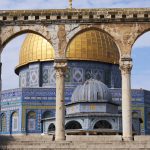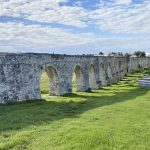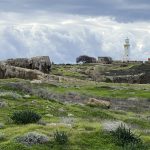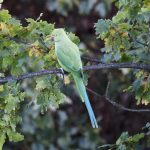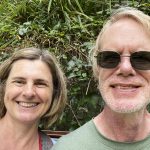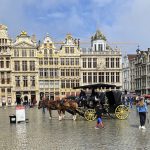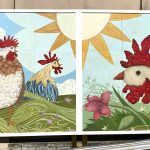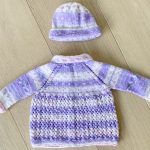On our way to St Arnaud’s, we drive along the west coast. We haven’t been on this side of the South Island since Milford Sound, as our Franz Joseph section of the trip got sidetracked due to a washed out bridge. On the way we had lovely views of the coastline. Got groceries in Greymouth, a town so large it had two grocery stores!
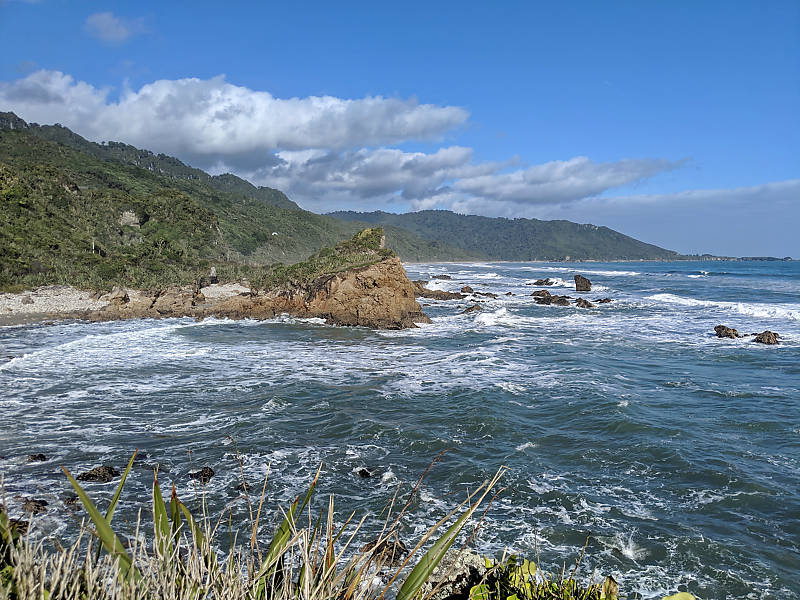
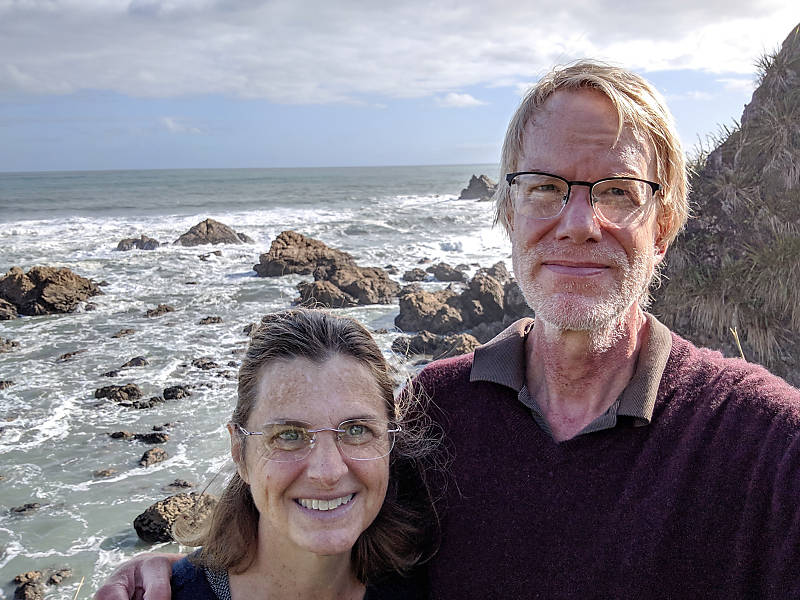
We arrived in St Arnaud’s, to find a modern two story house- about one story more than we needed! Getting in was a challenge, though. Like many of our places, there was a combination lock that held the door key, with the combination code provided to us prior to our arrival. Unfortunately, the key storage was above their large deck, and when we opened the box the keys dropped out and managed to find just the right spot to slip through the cracks.
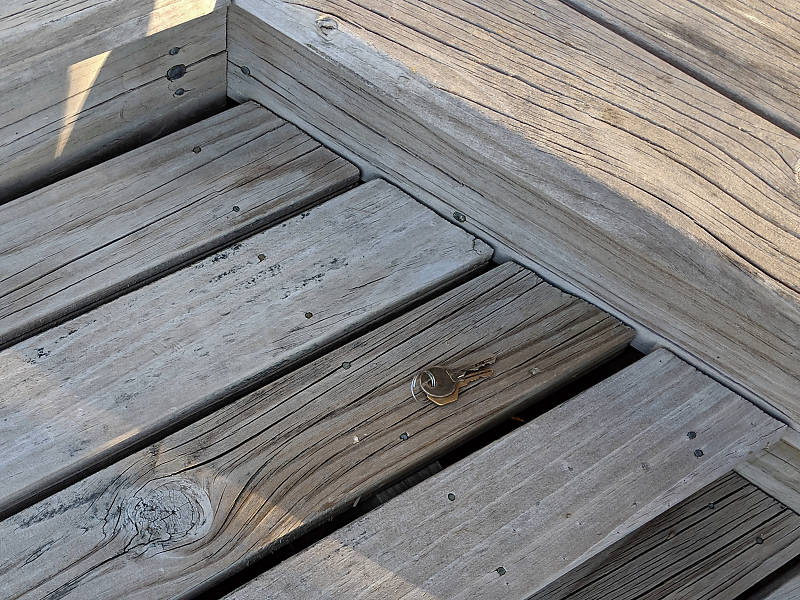
The deck top, sides and stairs were all made of heavy wood studs, so no option to easily remove a couple of slats. As we looked around, I spotted a small access door on the side of the house. Deb asked if we had anything magnetic to fish out the keys, and I thought of our small headlamps, which have magnetic bases. I went off to grab one from the car, and when I got back I found Deb had gone head first under the house. With me shining the light from above, Deb was able to rescue the keys and save the day!
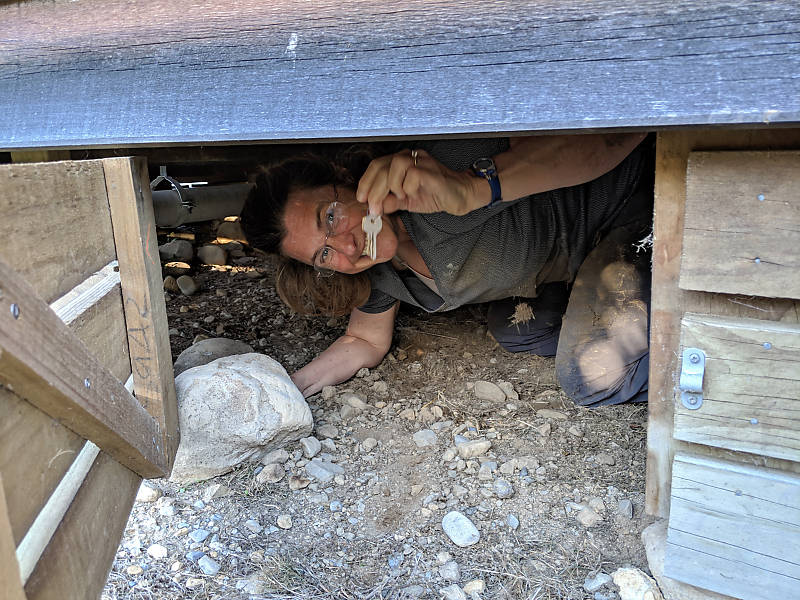 We stopped into the DOC office (Department of Conservation) to get the details on hiking trails. We then had a pleasant walk around the peninsula that juts out into lake Rotoiti.
We stopped into the DOC office (Department of Conservation) to get the details on hiking trails. We then had a pleasant walk around the peninsula that juts out into lake Rotoiti.
The next day we walked from our house into town, then up to parachute rocks. Along the way we saw lots of Beech trees, filled with honeydew insects. These are small insects that burrow into the tree, and live on the sweet sap. They exude the excess through a small hair, which you can see covering the trees. The drops are sweet, and the forest smells sweet as well. The sugar drops feeds the black fungus that covers the trees. In the photo below, look for the large drop in the middle of the picture.
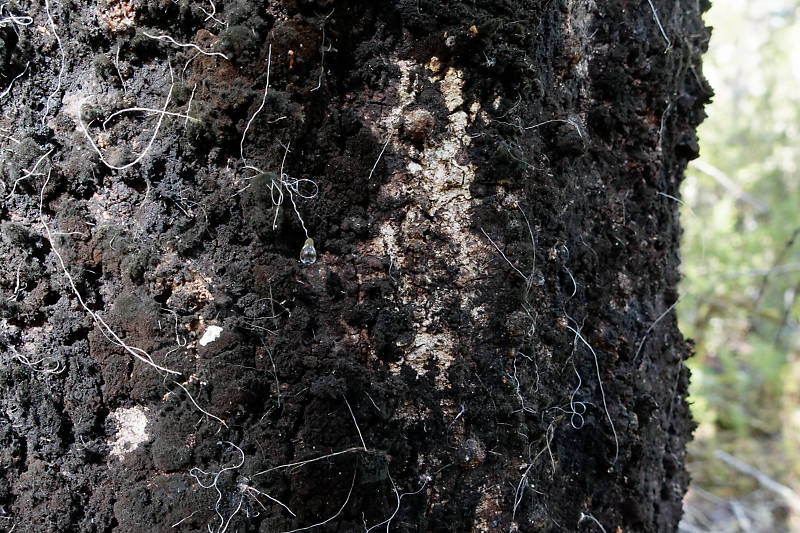 Tree with sap from honeydew insect
Tree with sap from honeydew insect
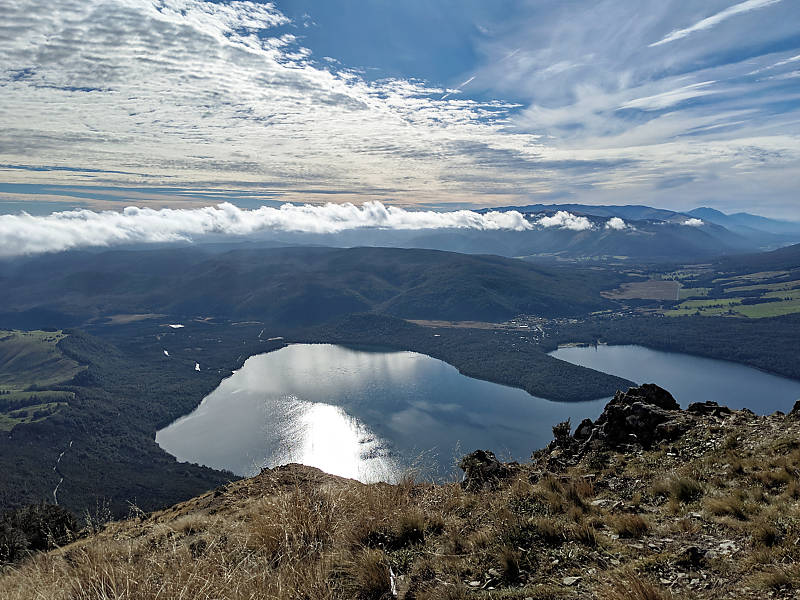 The view from parachute rocks, showing the peninsula we hiked earlier.
The view from parachute rocks, showing the peninsula we hiked earlier.
The top of parachute rocks was clear, so Tim decided to continue the trail, climbing 150m to the ridge. The clouds were rolling in, and by the time I got towards the top I couldn’t see more than 50 yards or so. But one of the hikers coming down told me it was clear on the ridge, so I kept going, and was rewarded with clear views to the east.
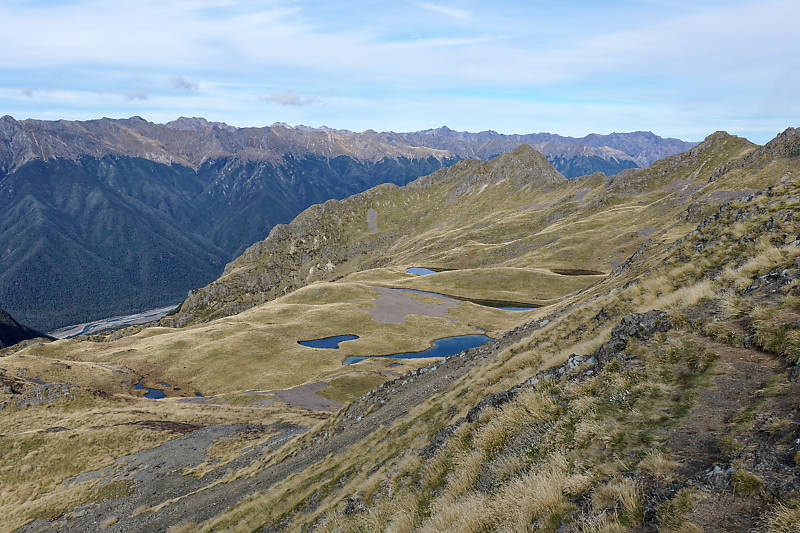 The west side was still cloudy, but cleared off about twenty minutes later. Here’s a view looking towards the west, the small red dot is Deb, enjoying the view from parachute rocks. The town in below to the right of lake Rototiti.
The west side was still cloudy, but cleared off about twenty minutes later. Here’s a view looking towards the west, the small red dot is Deb, enjoying the view from parachute rocks. The town in below to the right of lake Rototiti.
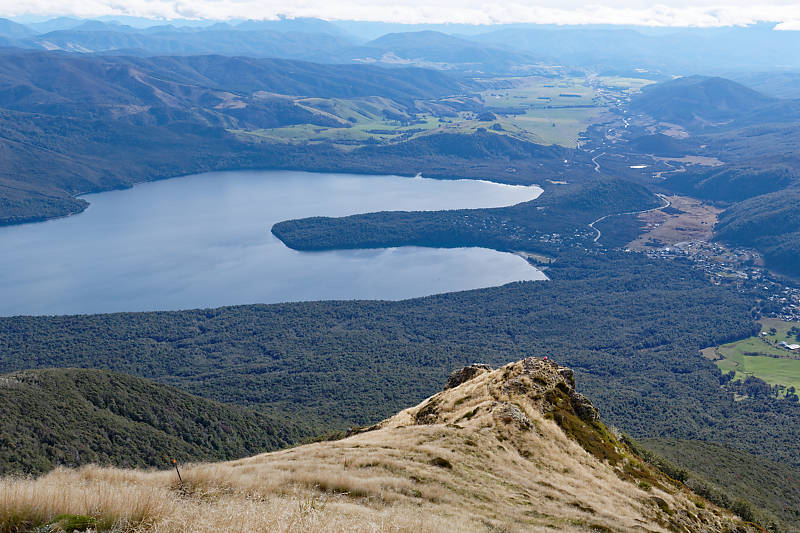
A couple of days later we decided to hike Roberts peak, each going at our own pace. We both did the Roberts peak loop, with Deb continuing along the Ridge line for a few kilometers. Tim hiked the Ridge line to within a kilometer of the Angelus huts before running out of time and turning around. Guess we need to get an earlier start for these large hikes. This hike was one of the prettiest we have done on our trip, with stunning views over valleys, lakes and clouds.
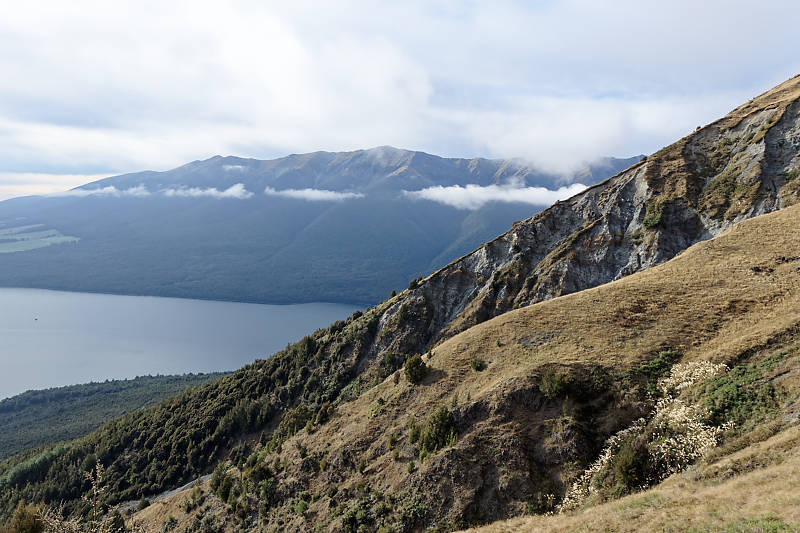
One the way up the Roberts loop track, showing the ribbon clouds that are so common in the South Island.
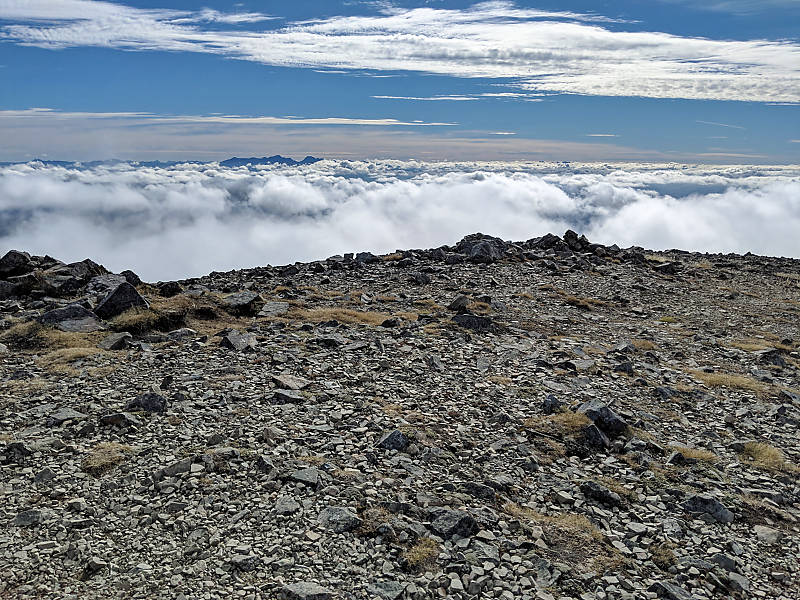 Along the ridge line, with nearly continuous clouds to the West, and mostly clear in other directions.
Along the ridge line, with nearly continuous clouds to the West, and mostly clear in other directions.
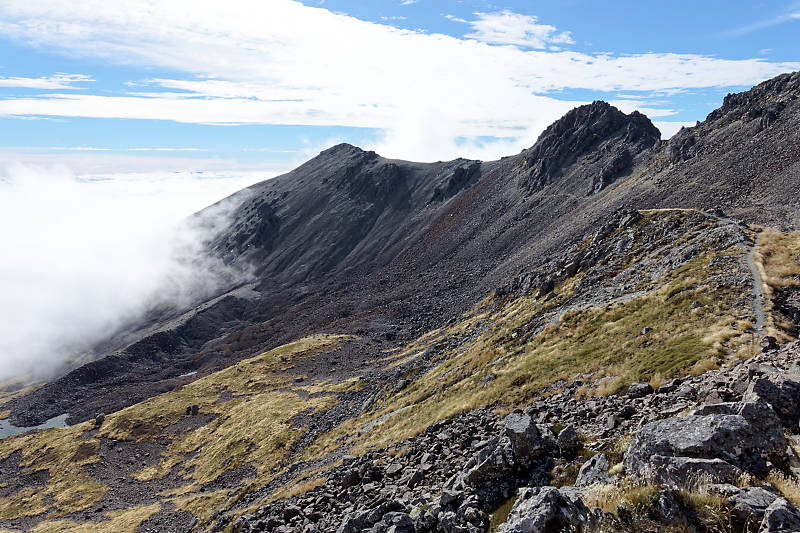
Part of the trail, past Julius summit. You can see the trail on the right side of the picture, as it winds its way along between the two peaks in the distance.
Along the trail are numerous examples of an interesting plant. It’s made up of small pale green buttons, about 5mm across. A clump of them might be anywhere from 250mm to 2 meters across. It looks like they cover existing rocks, but it’s hard to say for sure. They look like tiny pincushions.
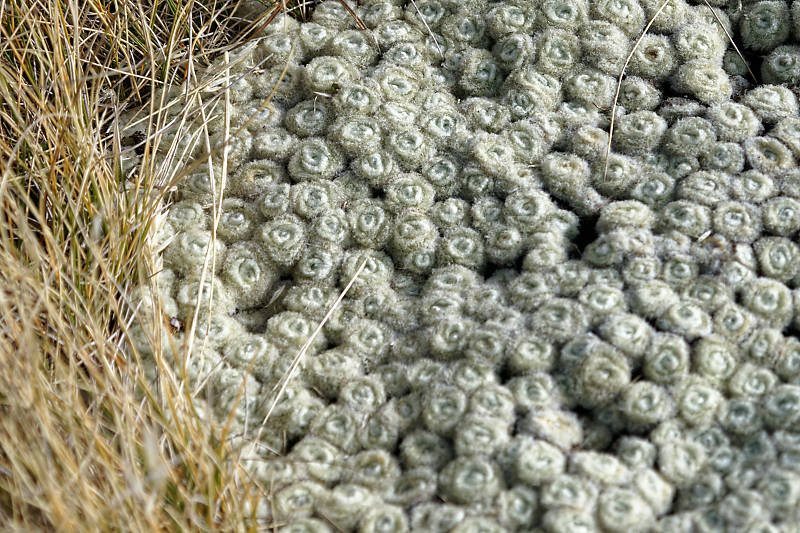
As we were touring through the excellent Te Papa Tongarewa Museum in Wellington later on our trip we discovered that these plants are called Vegetable Sheep. For more information on this interesting plant, check out this link.
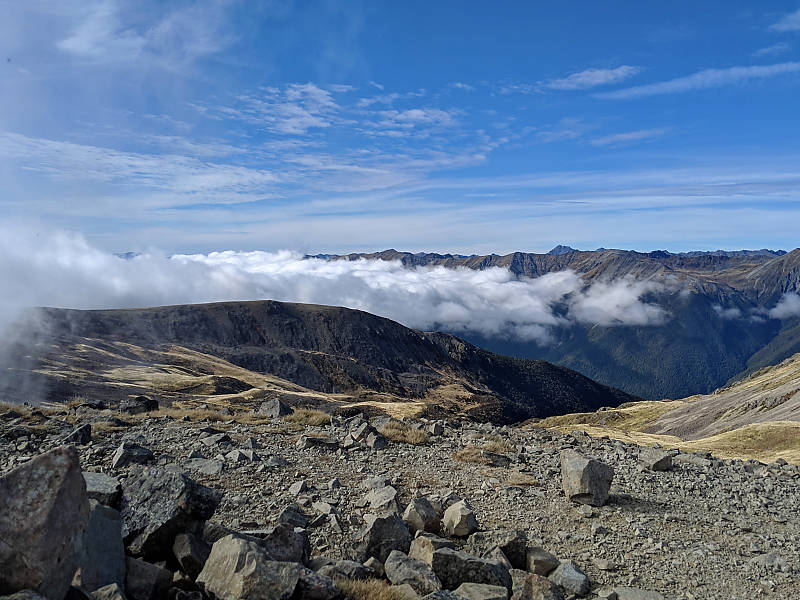 Land of the long, white cloud
Land of the long, white cloud
And one more picture looking off towards the east. The hike is so pretty, we came back a couple of days later and hiked it again on our last day.

